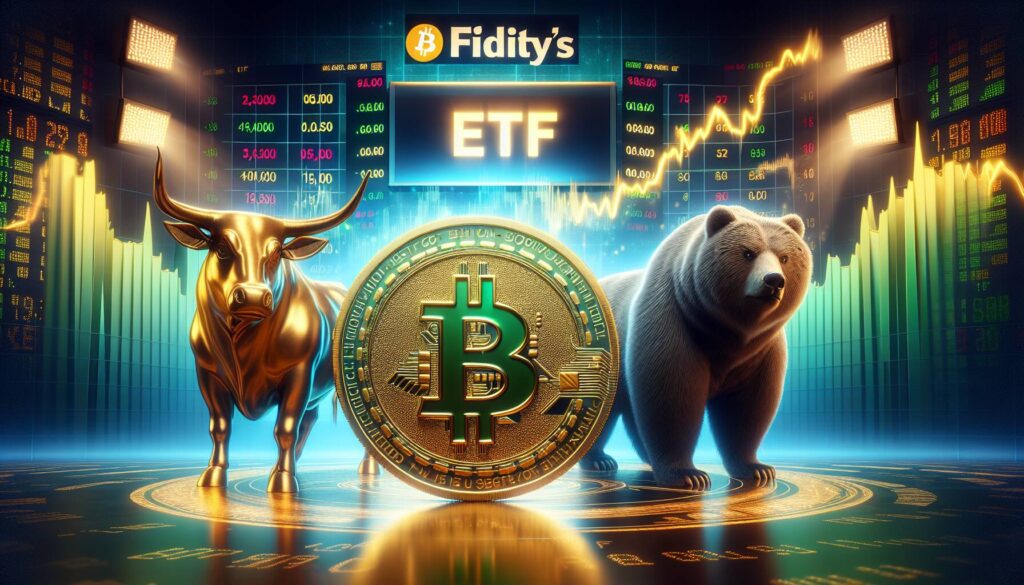The cryptocurrency landscape is poised for a significant development as news breaks about a new U.S. dollar-pegged token, set to launch in the first half of 2026. This upcoming digital asset aims to bring the stability of the dollar into the world of cryptocurrencies, an appeal that could potentially attract both investors and everyday users alike.
This anticipated token will operate on the principles of stablecoins, which are designed to minimize the volatility often associated with traditional cryptocurrencies like Bitcoin and Ethereum. By being directly tied to the value of the U.S. dollar, the token seeks to provide a more predictable alternative for transactions and savings in the digital realm.
“The introduction of a dollar-pegged token represents a crucial step in integrating digital assets with traditional financial systems,” commented a leading analyst in the field.
As interest in cryptocurrencies continues to grow, the introduction of a stable digital currency may facilitate smoother transactions and increase adoption among individuals and businesses. With regulatory frameworks becoming more defined, the potential impact of this new token could reshape how consumers view and utilize digital finance.
Keep an eye on this developing story, as the realization of a U.S. dollar-pegged token could signal a pivotal moment in making digital currencies more accessible and trustworthy for a broader audience.

The Future of U.S. Dollar-Pegged Tokens
Key points regarding the introduction of U.S. dollar-pegged tokens in the first half of 2026:
- Launch Timeline
- Expected availability in early 2026.
- Potential for gradual adoption and market integration.
- Impact on Digital Transactions
- Facilitation of faster and cheaper cross-border payments.
- Increased accessibility for digital currency users.
- Regulatory Framework
- Development of compliance measures for stability.
- Potential changes in financial regulations affecting consumers.
- Market Implications
- Influence on cryptocurrency markets and altcoins.
- Effect on traditional banking and financial institutions.
- User Adoption
- Increasing user trust in digital financial instruments.
- Shift in consumer behavior towards digital currencies.
The Future of Dollar-Pegged Tokens: Opportunities and Challenges Ahead
The anticipated launch of a U.S. dollar-pegged token in the first half of 2026 marks a significant milestone in the evolving landscape of digital assets. This development not only showcases the growing acceptance of cryptocurrencies but also poses both advantages and challenges compared to similar innovations in the market.
Competitive Advantages: For starters, a U.S. dollar-pegged token can provide stability in an otherwise volatile cryptocurrency market. Unlike other cryptocurrencies that can fluctuate wildly, a digital asset linked to the dollar can attract traditional investors wary of risk. This stability is likely to entice businesses to utilize the token in transactions, fostering a sense of trust. Furthermore, integration with existing financial systems can enhance its utility and accessibility, making it an attractive choice for everyday consumers and merchants alike.
Moreover, given the backing of the U.S. dollar, this token could appeal significantly to global markets, especially in regions experiencing economic instability. Users in developing economies may find value in a digital currency that holds its value against inflationary pressures.
Competitive Disadvantages: On the flip side, the introduction of a dollar-pegged token could challenge existing cryptocurrencies like Tether (USDT) or USD Coin (USDC), potentially saturating the market. This saturation might create confusion among users regarding which asset to trust or invest in. Additionally, regulatory scrutiny is likely, as government entities may impose strict compliance measures that could limit the token’s operational flexibility compared to its unregulated counterparts.
This move could significantly benefit foreign consumers and businesses looking for a reliable store of value, as well as tech-savvy users eager to leverage blockchain technology in their daily transactions. However, it may create obstacles for traditional financial institutions that could see their market share diminished as digital currencies continue to gain traction.
















